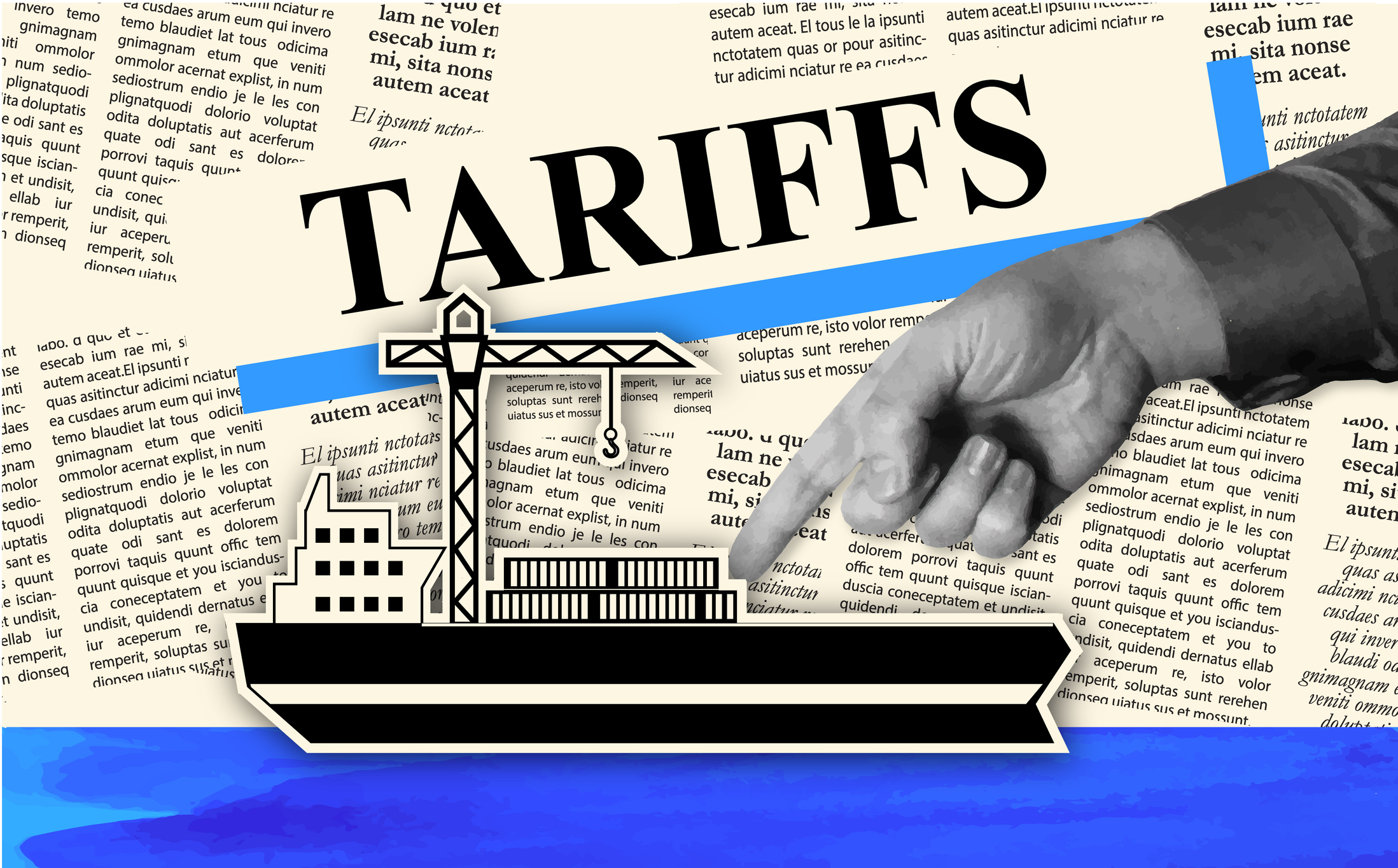The Federal Open Market Committee (FOMC) convened on March 18–19, 2025, to assess the current economic landscape and determine the appropriate stance of monetary policy. This meeting occurred amid a backdrop of global economic uncertainties, notably escalating trade tensions and fluctuating financial markets. The Federal Reserve’s March 2025 FOMC meeting decision concluded with interest rates held steady at 4.25%–4.50%, reflecting caution amid trade tensions and moderated inflation.
Monetary Policy Decision
After thorough deliberation, the FOMC decided to maintain the federal funds rate within the existing target range of 4.25% to 4.50%. This decision aligns with market expectations and reflects the Committee’s cautious approach in light of prevailing economic conditions.
Rationale Behind the Decision
Several factors influenced the FOMC’s decision to hold interest rates steady:
- Inflation Trends: Recent data indicates a slight easing in inflationary pressures. In February 2025, the Consumer Price Index (CPI) increased by 0.2%, a deceleration from January’s 0.5% rise. Year-over-year, the all-items index rose by 2.8%, down from 3.0% in the previous period. This moderation suggests that inflation is moving closer to the Fed’s 2% target, reducing the immediate need for rate adjustments.
- Labor Market Conditions: The labor market continues to exhibit strength, with steady job creation and low unemployment rates. However, there are emerging signs of a slowdown in job growth, prompting the Fed to adopt a wait-and-see approach to assess whether this trend is temporary or indicative of a more sustained deceleration.
- Global Economic Uncertainties: Escalating trade tensions, particularly the implementation of tariffs by the U.S. administration, have introduced significant uncertainties into the global economic environment. These developments have the potential to disrupt supply chains, dampen business investment, and slow economic growth. The Fed acknowledges these risks and has opted for caution in its policy stance.
Summary of Economic Projections
In conjunction with the policy decision, the FOMC meeting released its updated Summary of Economic Projections (SEP), providing insights into members’ expectations for key economic indicators:
- Gross Domestic Product (GDP) Growth: The median projection for GDP growth in 2025 has been revised downward to 2.0% from the previous estimate of 2.2%. This adjustment reflects concerns over potential headwinds from trade policies and their impact on domestic economic activity.
- Inflation: The Committee projects that inflation will remain near the 2% target over the medium term. However, there is heightened uncertainty due to recent tariff implementations, which could exert upward pressure on prices.
- Unemployment Rate: The unemployment rate is expected to hold steady at around 3.5%, indicating a continued tight labor market. Nonetheless, the Fed remains vigilant for signs of softening employment conditions.
Market Reactions
Financial markets exhibited mixed reactions to the Fed’s announcements:
- Equity Markets: Major stock indices experienced volatility, reflecting investor uncertainty regarding future economic prospects. The S&P 500 and Nasdaq Composite both registered declines, influenced by concerns over trade tensions and their potential impact on corporate earnings.
- Bond Markets: Treasury yields edged lower as investors sought safe-haven assets amid global uncertainties. The yield on the 10-year Treasury note decreased slightly, signaling cautious sentiment among bond investors.
- Currency Markets: The U.S. dollar exhibited modest fluctuations against major currencies. Market participants are closely monitoring the Fed’s policy stance and economic projections for cues on future currency movements.
Fed Chair’s Press Conference
In the post-meeting press conference, Fed Chair Jerome Powell emphasized the Committee’s data-dependent approach. He highlighted that while the economy remains resilient, the Fed is prepared to adjust policy as necessary to sustain the expansion and achieve its dual mandate of maximum employment and price stability. Chair Powell also acknowledged the challenges posed by trade uncertainties and reiterated the Fed’s commitment to monitoring these developments closely.
Conclusion
The FOMC’s March 2025 meeting underscores a cautious and measured approach to monetary policy amid a complex economic landscape. By maintaining the current interest rate target, the Fed aims to balance the risks associated with global trade tensions, domestic inflation trends, and labor market dynamics. The Committee’s forward guidance and economic projections will continue to serve as critical tools for market participants seeking to navigate the evolving economic environment.





